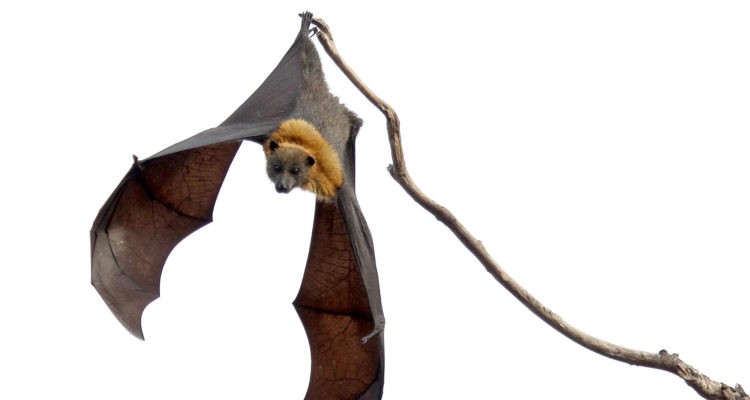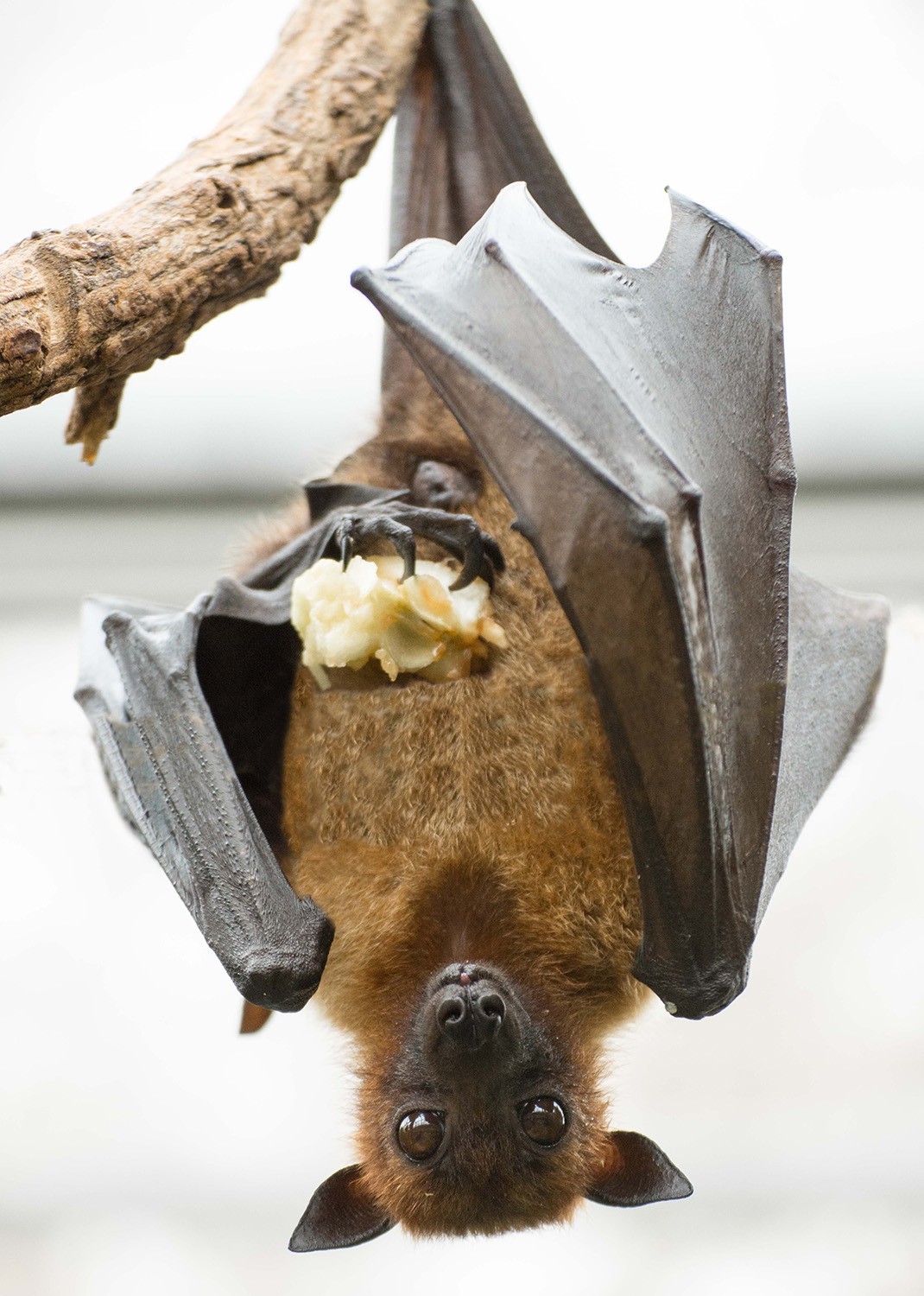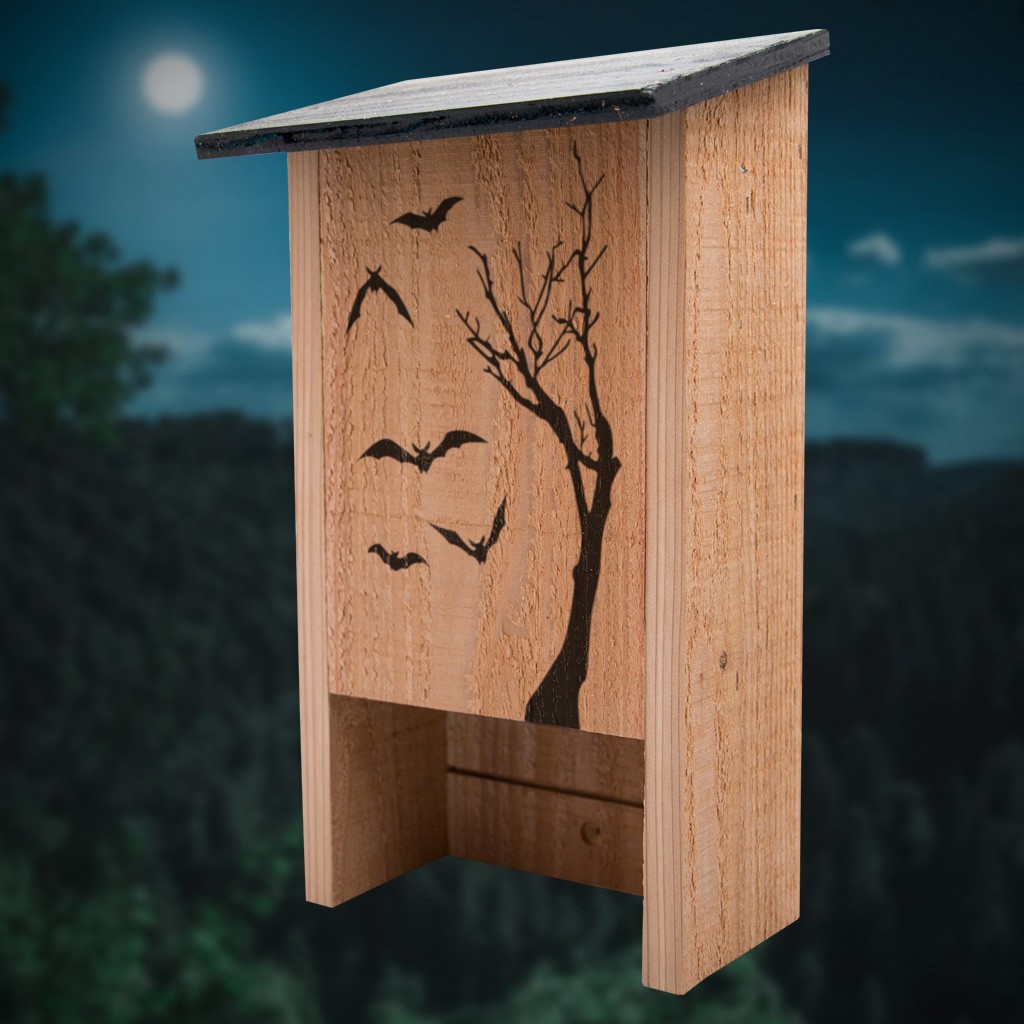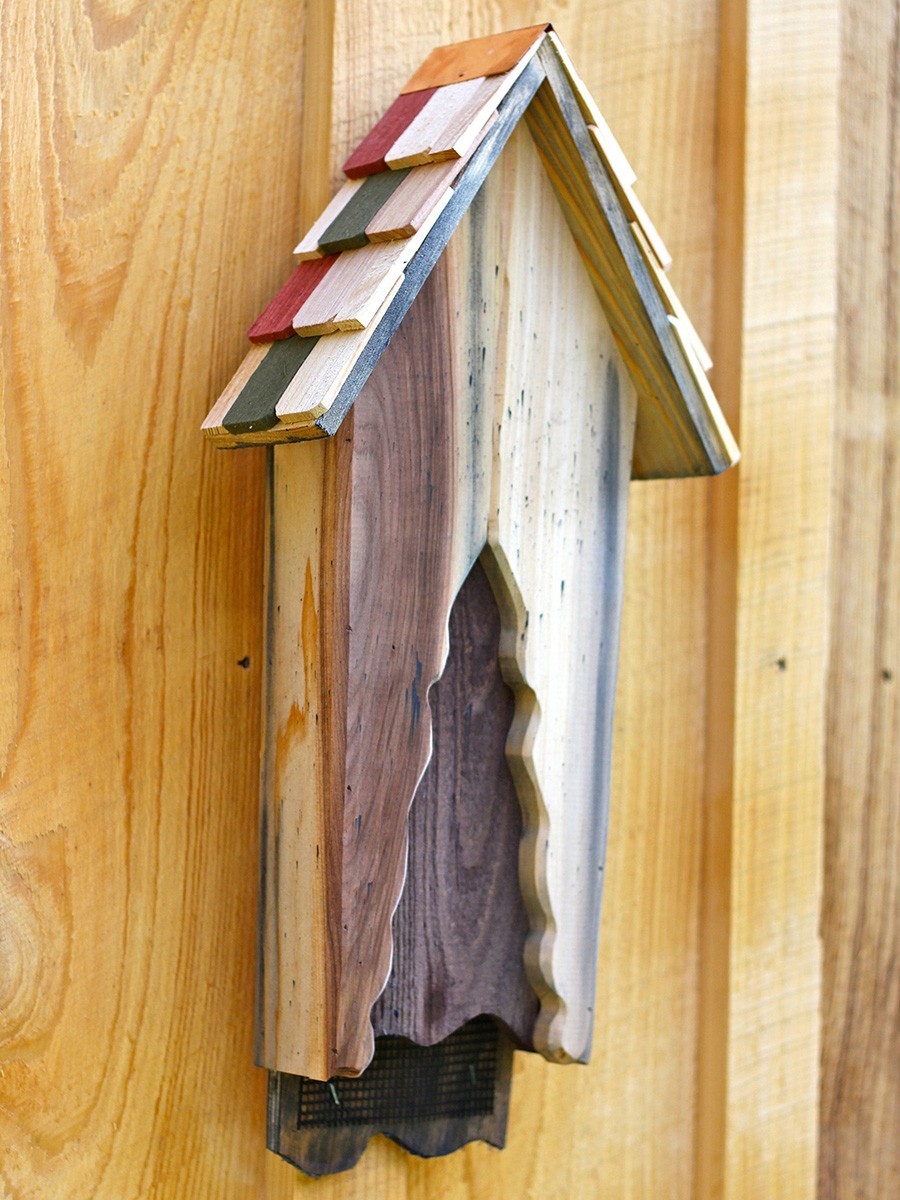It’s unfair how bad a rap bats get. Many of us are rather terrified of these little winged creatures, but really there’s not much to be afraid of. Kansas City area is home to almost 15 species of bats, the most common varieties being the Big Brown Bat, the Little Brown Bat, and the Evening Bat. Let’s take a closer look, ok maybe not physically closer, on how Halloween’s famous icon has some pretty surprising facts and benefits.
A Productive Pollinator
These furry nocturnal mammals are important pollinators of fruits and seeds that we eat. Through their love of plant nectars, such as agave, bats can aid in seed dispersal, promoting plant growth by spreading seeds as they go. Where would we be without bananas, avocados, and mangoes as these are just a few plants that need the pollination bats provide.
Vicious Monsters
Mosquitoes can be far more frightening than bats if you think about the lethal diseases they can spread. They are known as the deadliest creature in the world because of their ability to spread yellow fever, West Nile virus, and malaria. Around here, we usually don’t have anything that extreme, we just deal with the annoying itchy spots they leave behind on us. But bats do eat mosquitoes, as well as other insects. It’s estimated they eat at least one-third of their weight in insects each night, which could be 500-3,000 bugs a night!
Our Only Flying Mammal
While the flying squirrel can only glide for a short distance, bats are true fliers. You can see them swooping quickly through your yard as they attack their prey in the air. New research shows some bat species can reach speeds over 100 miles per hour!
Tourist Attraction
Believe it or not, people like to visit spots where bat colonies hang out, watching for them to come out and feed every night. It is quite an impressive sight.
On the Decline
More than half of the bat species in the United States are in severe decline or on the endangered list. Extensive loss of habitat from urbanization, forest clearing, and commercial development has been a defining factor. In addition, one of the most dire threats comes from white nose syndrome, a devastating fungal disease affecting bat species in the U.S. and Canada, as well as all over the world.
Calling All Bats
The nightly displays of their aerial acrobatics are quite entrancing to watch. Making a bat-friendly hangout in your backyard not only adds to your evening entertainment but plays an important part in a functioning ecosystem. Bat houses are the easiest way to attract them to your yard. Constructed of wood, these houses can be handmade or purchased ready to put up. Check out batcon.org/about-bats/bat-houses for recommendations for having a successful roosting area for these flying mammals.
Vampire Bats
We’d be amiss not to talk about the Halloween favorite, the Vampire bat. While commonly found in Mexico, Central and South America, these stealthily gliding bats drink the blood of other animals for survival, usually feeding on horses, cows, pigs, and birds. Their saliva contains an anti-coagulant called “draculin” that keeps blood flowing from the wound of their prey. A drug developed from research on the anti-coagulant properties of bat saliva is used to prevent blood clots in heart and stroke patients. How is that for a Halloween night story!
B A T R E A L E S T A T E
Bat-Chelor Pad
$64.95 / gardeners.com
S&K Bat House
$29.99 / madeinamericastore.com
Heartwood Vintage Bat House
$79.95 / gardeners.com
Heartwood Bat House
$67.77 / wildbirdstoreonline.com
Evergreen Garden Bat Shaped Bat House
$38.88 / amazon.com












